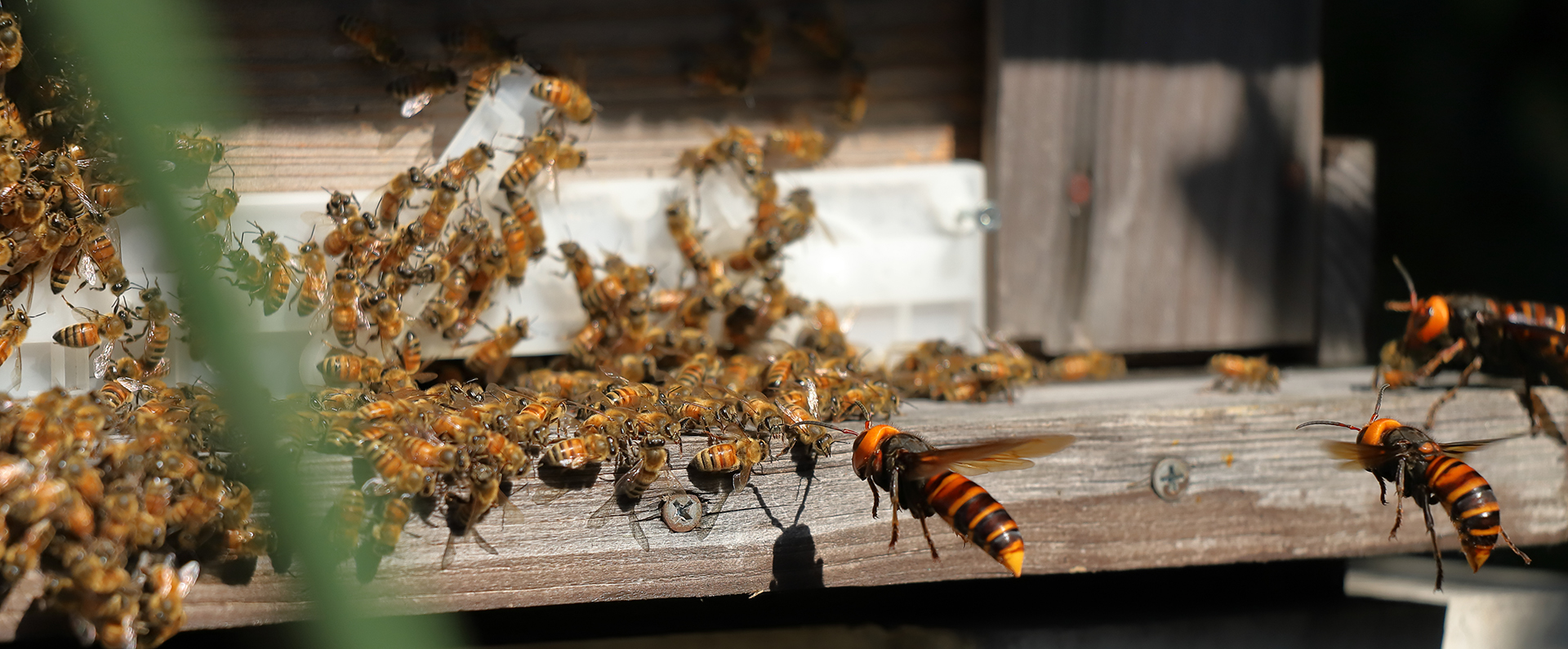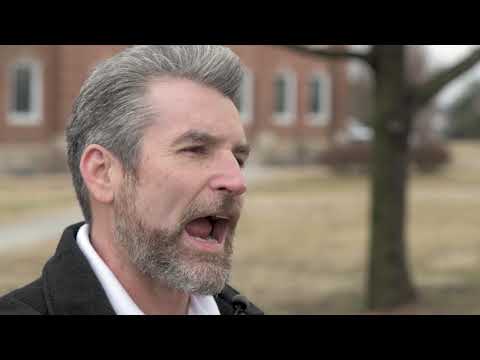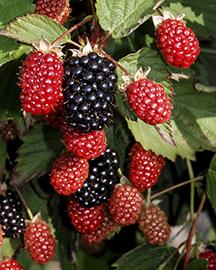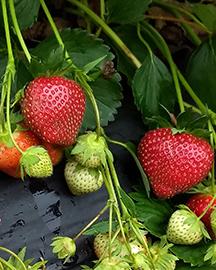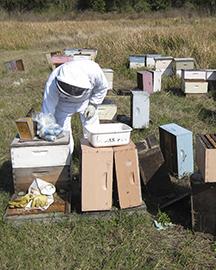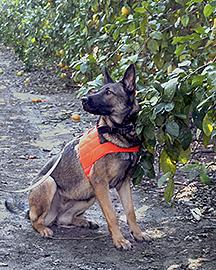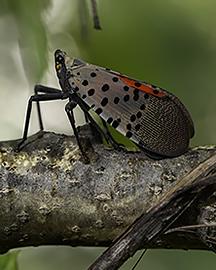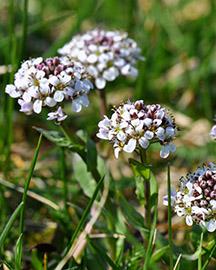Mapping The Asian Giant Hornet’s Genome
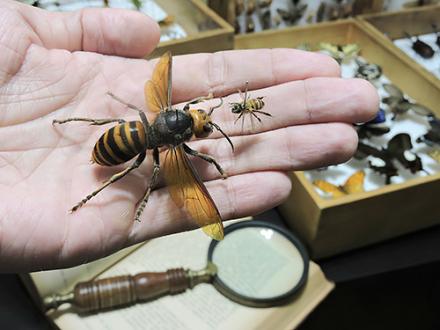
Ranging from 1.5 to 2 inches long, the Vespa mandarinia—commonly known as the Asian giant hornet—is the largest wasp in the world. Though its native range extends from northern India to East Asia, the hornet recently made landfall in Washington State and is classified as an invasive species in the United States. The Asian giant hornet is an agricultural concern because it preys upon domestic honey bees and has no natural predators here.
To prevent the invasive species from becoming established in the United States, ARS researchers with the Bee Research Laboratory in Beltsville, MD, helped lead the mapping of the first complete genome of the Asian giant hornet, as part of ARS’s Ag100Pest Initiative to assemble genomes for the top arthropod pests in this country. Working from just a single hornet’s thorax as a base sample, ARS entomologists and DNA sequence experts produced the entire sequence in just 3 months, demonstrating that genome sequencing can be part of real-time responses to invasive species. With the information from the released reference genome, scientists now have a broader biological picture of the hornet and can develop better tactics against it.
Related Information
Article: Asian Giant Hornet Complete Genome Released by the Agricultural Research Service



